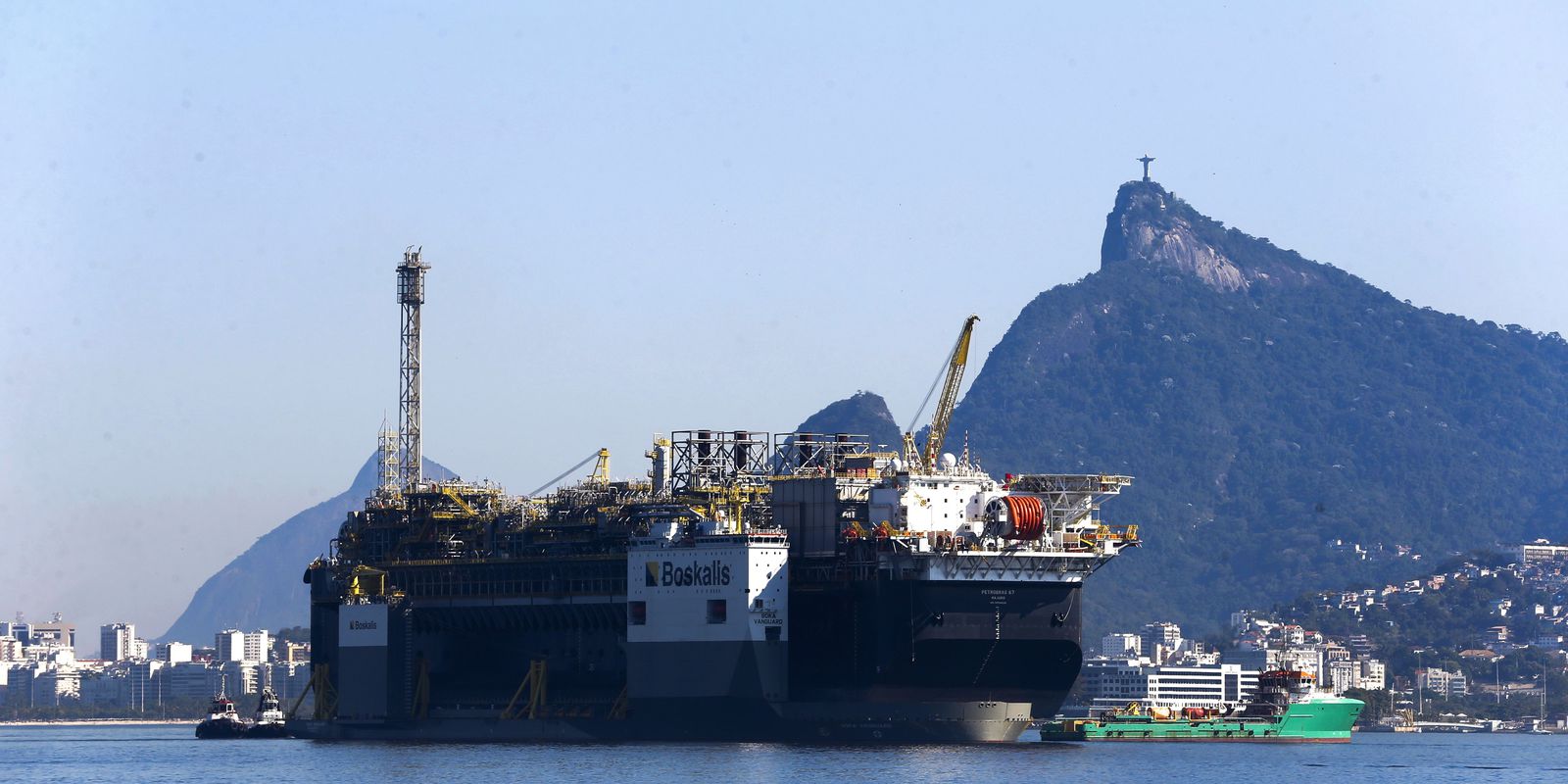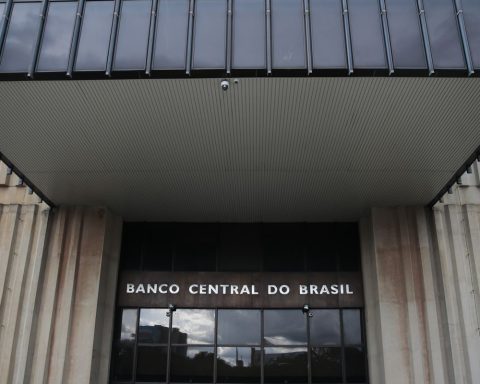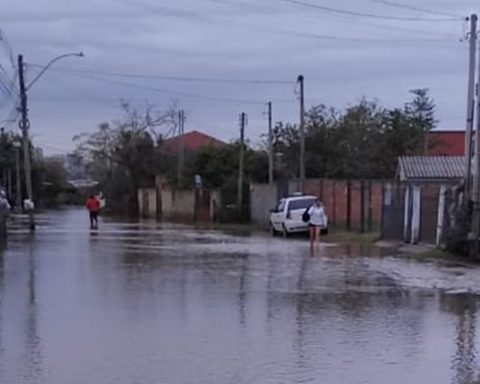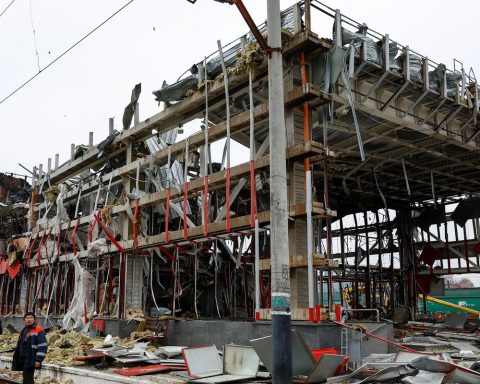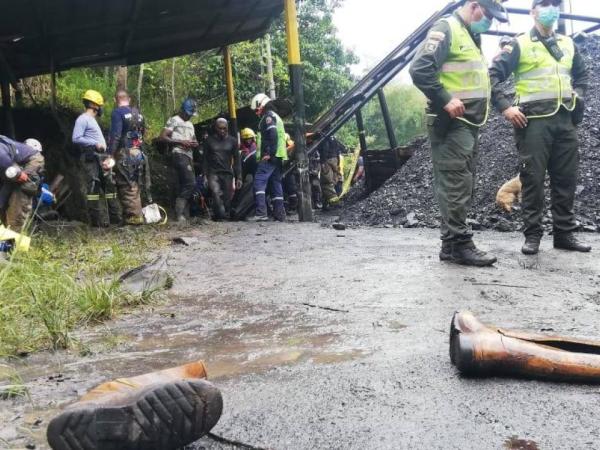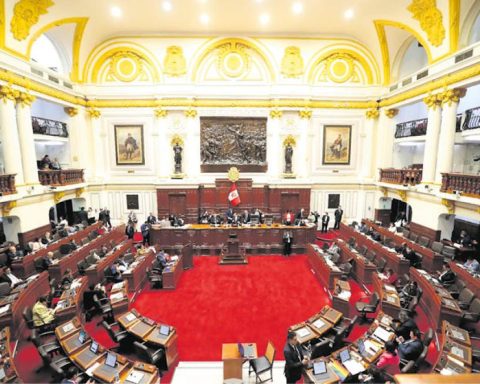The state of Rio de Janeiro had a growth of 13% in its oil reserves, adding up to 12.33 billion barrels, which corresponds to 83% of the national total. The increase happens for the second consecutive year, according to the Petroleum Yearbook 2022, released this Wednesday (15) by the Federation of Industries of the State of Rio de Janeiro (Firjan).
Firjan’s Dinâmicos de Petróleo platform indicates that the state of Rio de Janeiro accounted for 95% of the new volumes added to the country in 2022. The drilling of offshore wells, in the country and in the state, showed drops of 22% and 27% last year, respectively.
In 2022, 12 offshore exploratory wells were drilled in the state, out of a total of 17 in Brazil. The Firjan survey shows that drilling can generate developments for the industry, with the hiring of rigs, seismic vessels, well completion activities, among others.
The data also reveal a 10% increase in drilling wells in the Campos Basin, in 2022. In the Santos Basin, there was a 13.5% increase in production, comparing December 2022 with December 2021.
power pole
The vice-president of Firjan, Luiz Césio Caetano, said that the state of Rio de Janeiro has been expanding its potential to become the country’s great energy center, with oil as an important industry catalyst.
For Caetano, the state’s differentials include its vast energy potential, proximity between supply and demand centers, large portfolio of new projects in different energy segments, in addition to a consolidated industrial base and great tradition of supplying the energy market.
For him, the prices of a barrel of oil in 2022 favored not only oil companies, but also government revenues, with monthly prices for Brent oil reaching levels not seen since 2012, above US$ 120 per barrel. The average value for the year surpassed US$ 100 for the first time since 2013.
Average oil production in the state of Rio de Janeiro reached 2.53 million barrels/day last year, up 7.5% compared to 2021, which represents about 85% of the national total. Of this total, 2.01 million barrels/day came from the pre-salt layer.
Derivatives
With regard to petroleum derivatives, the state of Rio de Janeiro presented an increase of 31% in the production of S-10 diesel in 2022, compared to the previous year, reflecting the investments announced in 2021 in the Duque de Caxias Refinery (Reduc) , of the order of R$ 140 million.
Rio de Janeiro also showed a surplus in the relation between production and sale of the main derivatives. This ratio was 81% for A gasoline, 68% for diesel, 62% for aviation kerosene and 16% for liquefied petroleum gas (LPG). On the other hand, Rio de Janeiro had to import biofuels from other states for the mixture.
